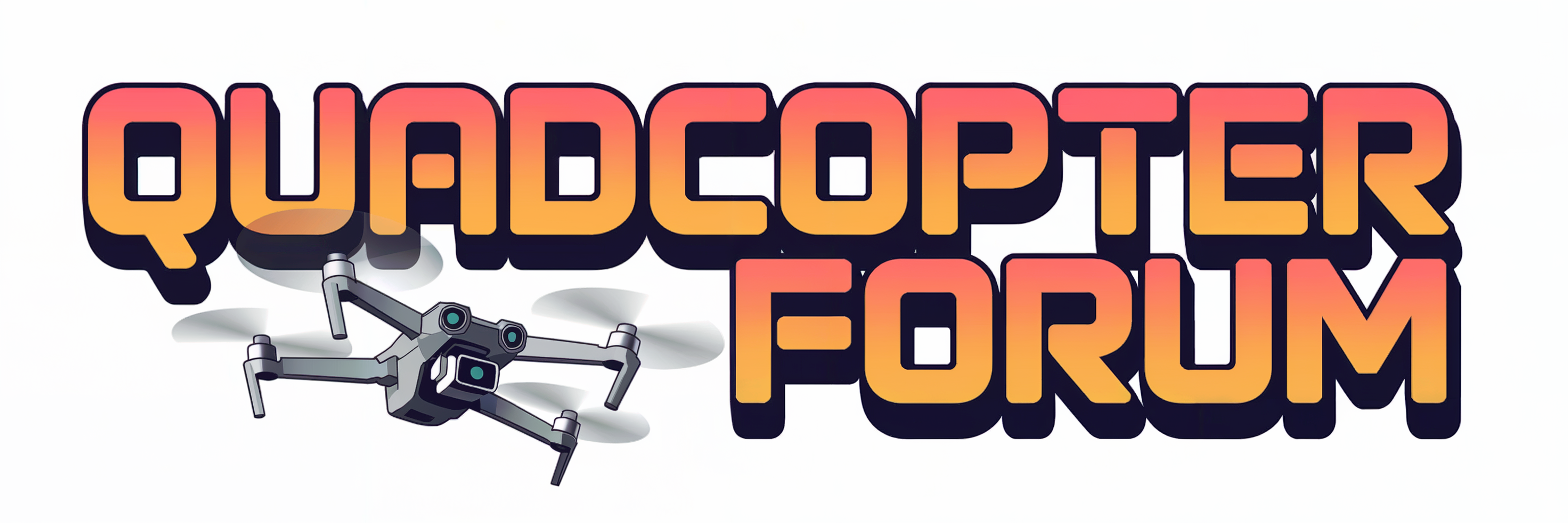drich
New Member
Hello,
I'm building my very first quadcopter totally from scratch, using a Lynxmotion mini V-Tail frame, and motors from the same brand.
My controller board is a raspberry pi with software that I wrote entirely by myself, with a fixed update rate at approximately 100Hz. I'm using an Invensense MPU-9150 as IMU.
After a very long time trying to avoid noise on accelerometer and filter all the data using an EKF, I'm now facing a big problem with the PID controlling the attitude of my quadcopter.
If I hold it by its tail (letting its head falling forward) and let the controller raising it to horizontal, it takes several seconds (almost 10 seconds in worst cases) to stabilize. That's way too long, so I increase the P parameter just a little bit, then the drone starts oscillating more and more until becoming totally uncontrollable, and it was still too slow to stabilize !
Did someone already had a similar problem on this forum ? Do you think that it does come from the PID or maybe my EKF filtering ?
Thank you o/
I'm building my very first quadcopter totally from scratch, using a Lynxmotion mini V-Tail frame, and motors from the same brand.
My controller board is a raspberry pi with software that I wrote entirely by myself, with a fixed update rate at approximately 100Hz. I'm using an Invensense MPU-9150 as IMU.
After a very long time trying to avoid noise on accelerometer and filter all the data using an EKF, I'm now facing a big problem with the PID controlling the attitude of my quadcopter.
If I hold it by its tail (letting its head falling forward) and let the controller raising it to horizontal, it takes several seconds (almost 10 seconds in worst cases) to stabilize. That's way too long, so I increase the P parameter just a little bit, then the drone starts oscillating more and more until becoming totally uncontrollable, and it was still too slow to stabilize !
Did someone already had a similar problem on this forum ? Do you think that it does come from the PID or maybe my EKF filtering ?
Thank you o/
Last edited by a moderator:
